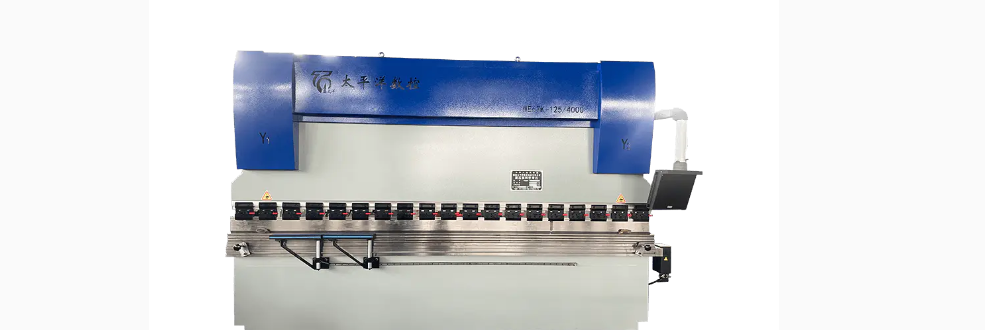Oct 03, 2025
An electro-hydraulic servo CNC hydraulic sheet metal bending machine is a high-precision sheet metal forming machine that integrates electro-hydraulic servo control, CNC, and hydraulic technologies.
An electro-hydraulic servo CNC hydraulic sheet metal bending machine primarily applies pressure to sheet metal by precisely controlling the die, causing it to plastically deform, thereby creating parts with the desired shape and angle.
High-precision bending: Its core function is to bend various sheet metals (such as steel, aluminum, and stainless steel) with high precision. By presetting parameters in the CNC system, it can produce shapes with right angles, acute angles, obtuse angles, and even more complex shapes.
Main Application Industries: Widely used in industries with high requirements for precision and efficiency, such as:
Automotive: Body panels, chassis components, etc.
Aerospace: Various high-precision sheet metal components
Electronic and electrical equipment: Chassis, cabinets, and housings, etc. Power Equipment: switchgear, control cabinets, etc. Elevator Industry: elevator cars, door panels, etc. Architectural Decoration: metal curtain walls, decorative strips, etc.

Electro-hydraulic servo CNC press brakes offer several significant advantages over traditional bending equipment:
High Processing Precision and Consistency: Utilizing a closed-loop control system (typically comprised of a high-precision linear scale and servo valve), they monitor and provide real-time feedback on the slide position, which is then compared and corrected by the CNC system. The slide's repeatability reaches ±0.01mm and is maintained over time, making it particularly suitable for precision parts processing and high-volume production.
Excellent Production Efficiency: The CNC system supports program presetting and storage, and most models are equipped with a quick die change system, significantly reducing production setup time. Their no-load and operating speeds are typically 15%-25% higher than those of conventional hydraulic press brakes.
Excellent Energy and Environmental Protection: Utilizing a servo motor to drive a metering pump or servo pump, they deliver oil on demand, overcoming the energy consumption issues associated with the continuous high-speed operation of asynchronous motors in traditional equipment. Its standby energy consumption can be reduced by over 75%, even up to 95%, while hydraulic oil demand is also reduced and operating noise levels are low.
Easy Operation and Automation Potential: Modern CNC systems (such as DELEM from the Netherlands and ESA from Italy) often offer graphical interfaces and direct angle programming, simplifying operation. Many models feature automatic compensation functions (such as hydraulic deflection compensation) and can be integrated with automated peripherals (such as robots) for unmanned operation.
Strong Flexible Processing Capabilities: By simply changing molds and modifying programs, it can quickly adapt to processing requirements for sheet metal of varying sizes, thicknesses, and shapes, making it particularly suitable for flexible production of high-mix, small batches.
Clear Requirements: First, evaluate the sheet metal materials to be processed, maximum thickness, maximum length, common bending angles and accuracy requirements, as well as production batches.
Investigate After-Sales Service: Reliable suppliers can provide timely technical support, repair services, and spare parts supply.
Professional Operation and Maintenance: Professional training is required before operation.
Regularly check the hydraulic oil cleanliness and oil level; maintaining a clean hydraulic system is crucial. Perform regular lubrication and maintenance according to equipment requirements.
Ensure that protective devices such as safety gratings are in effect during operation, and strictly prohibit hands from entering the mold area.